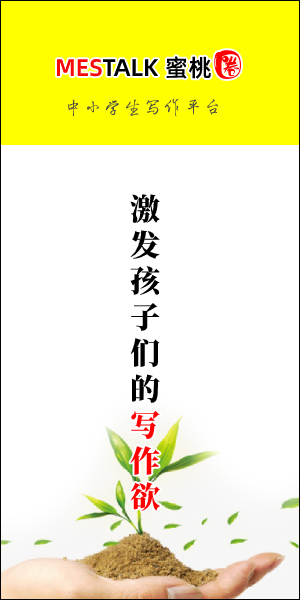“生存还是毁灭”(英语:To be, or not to be)是莎士比亚的一出戏剧《哈姆雷特》第三幕第一场,哈姆雷特王子一段句白的第一句;很多人也会用这句来指整段句白。它是世界文学中常见被引用的一句 整句的全文 是:To be or not to be, that is the question
而 整段句白 是:
"To be, or not to be" is one of the most widely known and quoted lines in modern English, and the soliloquy has been referenced in innumerable works of theatre, literature and music. Hamlet is commonly depicted as reciting the first line while holding a skull, although both occur at separate times—the soliloquy is done in Act III, Scene I; while the contemplation of the skull is done in Act V, Scene I.
Much of the plot of 1942 sophisticated comedy To Be or Not to Be, by Ernst Lubitsch, is focused on the monologue of Hamlet; in 1957 comedy film A King in New York, Charlie Chaplin recites the famous monologue in the shoes of the ambiguous king Shahdov.
Hamlet's famous line inspired the title of Kurt Vonnegut's 1962 short story 2 B R 0 2 B (The zero is pronounced "naught"). The narrative takes place in a dystopian future where the United States government, through scientific advancement, has achieved a “cure” for both aging and overpopulation. The alphabetical/numerical reformulation of Shakespeare's lines serves in the story as the phone number for the Federal Bureau of Termination's assisted suicide request line.
In 1963 at a debate in Oxford, Black liberation leader Malcolm X quoted the first few lines of the soliloquy to make a point about "extremism in defense of liberty."
P.D. James' dystopian novel The Children of Men (1992) refers to expected or forced mass suicides of the elderly as "Quietus". The film adaptation Children of Men (2006) portrays a self-administered home suicide kit, labelled "Quietus".
Last Action Hero (1993) has Jack Slater parody the phrase before blowing up a building behind him just by smoking a cigar. His version has him say "To be, or not to be? Not to be."
Star Trek's sixth film was named after the "Undiscovered Country" line from this soliloquy. References are made to Shakespeare during the film including Klingon translations of his works and the use of the phrase "taH pagh, taHbe' ", roughly meaning "whether to continue, or not to continue ."
The book (and later film) What Dreams May Come also derives its name from a line from this soliloquy. A shorter Hindi version of "To be, or not to be" was recited by Shahid Kapoor in the 2014 Bollywood film Haider.
Stargate Atlantis, the Season 4 Episode 10 named "This Mortal Coil" (2008) after the soliloquy, as well as Season 4 Episode 11 named "Be All My Sins Remember'd" (2008). These episodes involved learning about and fighting the artificial intelligence species Replicator.
There are numerous snowclones based on the phrase, such as "To hack or not to hack", etc.
The virtuoso soliloquy in Carl Michael Bellman's Fredman's Epistle "Ack du min moder" was described by the poet and literary historian Oscar Levertin as "the to-be-or-not-to-be of Swedish literature".
